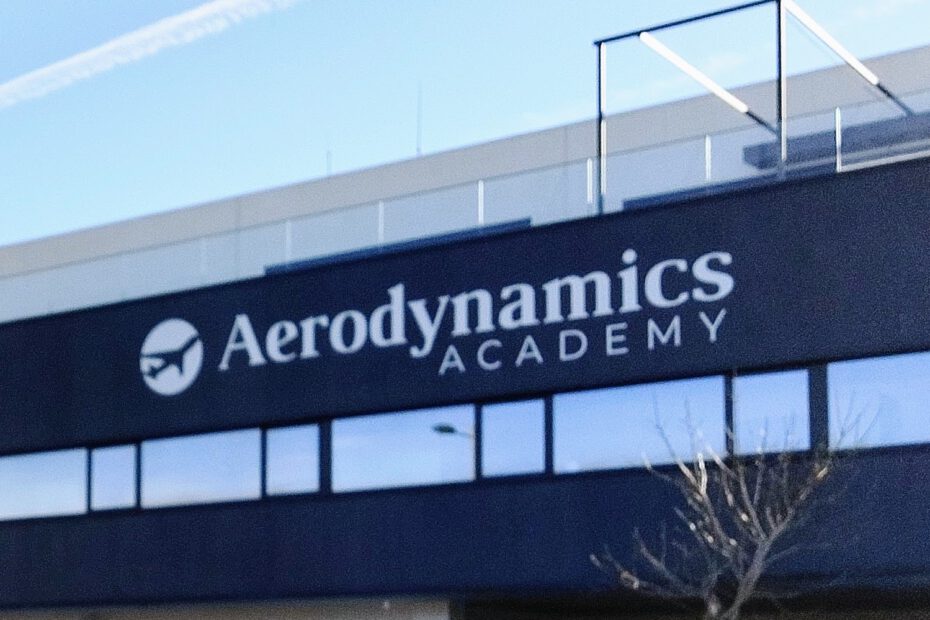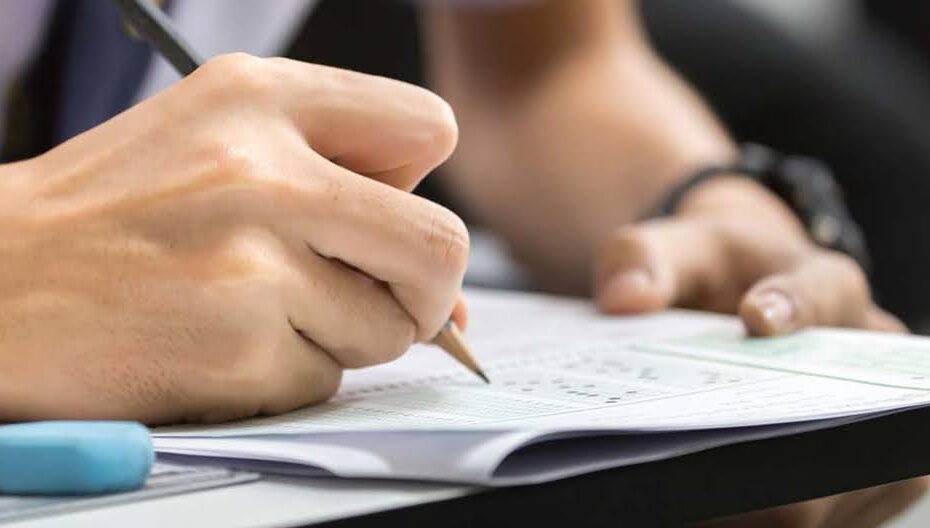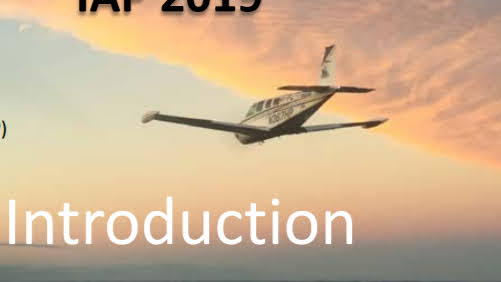Embracing the Pilot Lifestyle: Keeping Your Skills Sharp and Your Licence Current
Recency and revalidation requirements Becoming a pilot isn’t just about getting your licence, it’s also about keeping it current. For those that aim to become… Leer más »Embracing the Pilot Lifestyle: Keeping Your Skills Sharp and Your Licence Current




